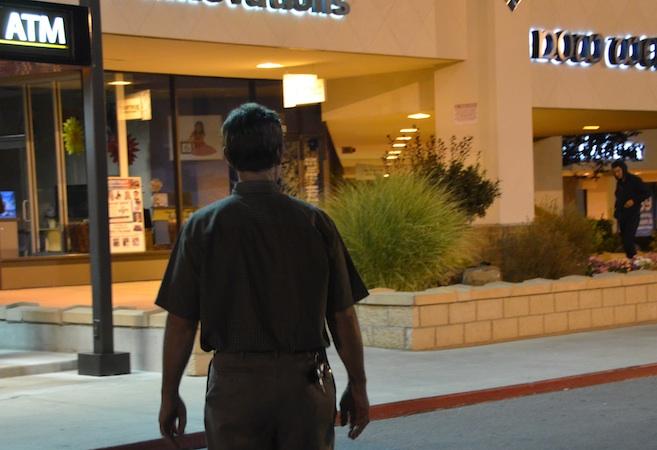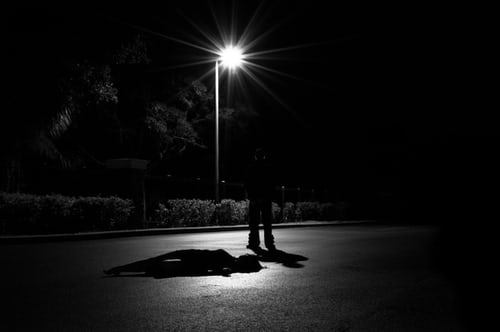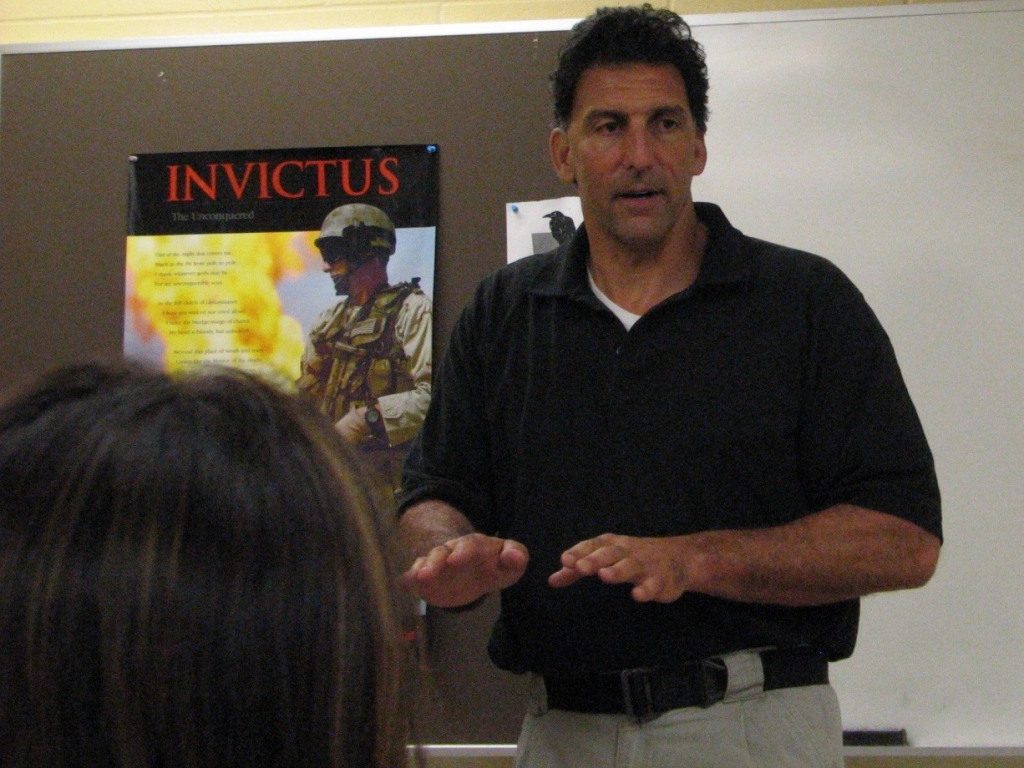Whether you choose to believe it or not, you are often observed by others. To some, you’re nothing more than a passer-by to whom they should pay only enough attention to not bump into you. To others, you are a potential target. Threat avoidance is about the ability to hear it, see it, smell it coming and the key to it is being able to observe the observer. What are some of the tricks of the countersurveillance trade you can use to remove yourself from the predator’s target list?
This article is part of the Gospel of Soft Skills series by Steve Tarani at GunMag Warehouse.
Observation skills are fundamental – what he’s describing here is another way of cutting sign.
Countersurveillance
Spot the Spotter
by Steve Tarani
The word surveillance according to Merriam-Webster’s dictionary means “a close watch kept over someone or something.”
The term “countersurveillance” is parlance hailing from the world of professional protection which means ‘to watch those who are doing the watching.’ Being able to spot the spotter is a game of countersurveillance versus surveillance. You can think of it as spy versus spy.
It’s imperative to know that predators seek lower-hanging fruit, meaning they are attracted to people and conditions that take less effort and offer lower risk. Bad guys are lazy and don’t really want to work too hard for their prize. They are also very risk-averse, especially if carrying out their nefarious plans may result in them getting killed, injured, or caught.
If an individual or situation looks like it would take a lot of work and that they could possibly pay a price for it, then they would consider this to be too difficult of a task and the person or condition they are observing to be a “hard target.”
Conversely, a predator looks for someone who appears to be an easy or soft target. They carefully watch (run surveillance) for specific indicators that may identify a softer target. Such indicators, known as “soft target indicators,” signal to the predator that you may be a valid candidate (prey) for an attack.
A predator looks for unsuspecting persons or a set of conditions displaying soft target indicators. Should they find what they are looking for they then must move to the “stalk” phase of their attack.
Stalking is a two-part process. Part one is to verify. They ask themselves “Is this my very best choice of prey? Is this really a soft target?” If they determine that you are in fact qualified prey, they will then move to the second step of the verification process and start making plans to close in on you. They will not move to the second half of their stalking process if they determine that you are not a soft enough target.

Surveillance Detection
Looking at it from the predator’s optic searching for soft target indicators in human targets differs from searching those of desirable conditions.
Human targets exhibit soft target indicators such as appearing to be unaware of their surroundings. A very common example of this is when your face is buried in your mobile phone either texting or engaged in a mind-consuming conversation. Another indicator is that you appear to be vulnerable – for example standing still in the middle of a parking lot with both hands clutching shopping bags along with your car keys, with your mouth hanging open because you have no idea where you parked.
Desirable conditions to a predator may be that you left your purse, a gun, and/or other valuables in plain sight either in your car or at home in an easily accessible viewpoint. An unlocked gate, an unoccupied car with the windows rolled down or doors unlocked, and the like are soft target indicators identifying desirable conditions for the predator.
While observing potential targets searching for soft target indicators (humans or otherwise) and running their verification process, predators are vulnerable to detection. There are three things that you can do to spot the spotter during their surveillance process – detect, read and reposition.

Detect
Most of us conduct daily activities that may include earning revenue and/ or running errands such as shopping, refueling, dropping off, picking up, and the like. In the process of performing these activities, we often find ourselves preoccupied with either the minutiae of these activities or wrapped up in our mobile phones. In this situation, our attention is reduced to a confined area in proximity and detached from our immediate environment.
Detecting, that is shifting the focus of your situational awareness, is about placing your attention beyond your immediate proximity by looking, listening and mentally engaging your external environment.
Expanding your field of vision from near to far and at least across a 180-degree plane, places your visual and mental attention directly on the surveillance area potentially shared by the predator.
It is expected that most people have somewhere to be and something to do, none of which has to do with you unless you’re being targeted. Should you observe one or more individuals paying you more attention than everyone else around them then you have most likely spotted the spotter.
By spotting the spotter you have successfully accomplished three countersurveillance objectives: 1. You have detected a potential threat. 2. You have removed any element of surprise. 3. You have utilized your situational awareness as a deterrent.

Read (the Need)
Well-informed decisions can only be made with relevant intelligence. Should it be the case that you have identified a potential threat, then the next step in the countersurveillance process is to “read” (short for ‘read the need’) or otherwise keep your eye on the ball.
Reading (the need) is a protection term that means you are gathering as much information as possible from your environment referencing a potential threat to be used in decision-making. You are looking for answers to questions such as – is there more than one observer? If so, how many and where are they positioned? Do they appear to be armed?
Spotting the spotter(s) and reading subsequent information allows you to move forward to the next step in countersurveillance by accurately assessing the situation and making informed decisions.

Reposition
Having spotted the spotter(s) and further identifying their position(s) and movement. You are now onto their spy game and can readily change your physical location so that you can keep him or them in a single field of vision. In the protection world this is called a “position of dominance” – a vantage point from which you can watch their every move at a glance.
An astute or seasoned predator, upon observing you observing them and especially with your repositioning, will know that you have spotted the spotter. By doing so, you have clearly demonstrated that you are not an easy or soft target. Your actions caused them to ask the question “Are there softer targets?” and provided them with the answer to that question – “Yes.”

Counter-surveillance…watching for a watcher.
About the Author: Steve Tarani is a former full-time CIA protective programs employee, small arms and defensive tactics subject matter expert who served on POTUS 45 pre-election executive protection detail. He is the lead instructor for NRA’s non-ballistic weapons training program offered nationally. Tarani is also a DoD and FLETC-certified federal firearms instructor who has been on staff at Gunsite Academy (AZ) as a Rangemaster for over twenty years. Formerly sworn, he is also a former federal contractor and service provider for the US Defense Intelligence Community, US Naval Special Operations Command and other government agencies. Tarani additionally serves on the National Sheriffs’ Association Committee for School Safety and Security.


